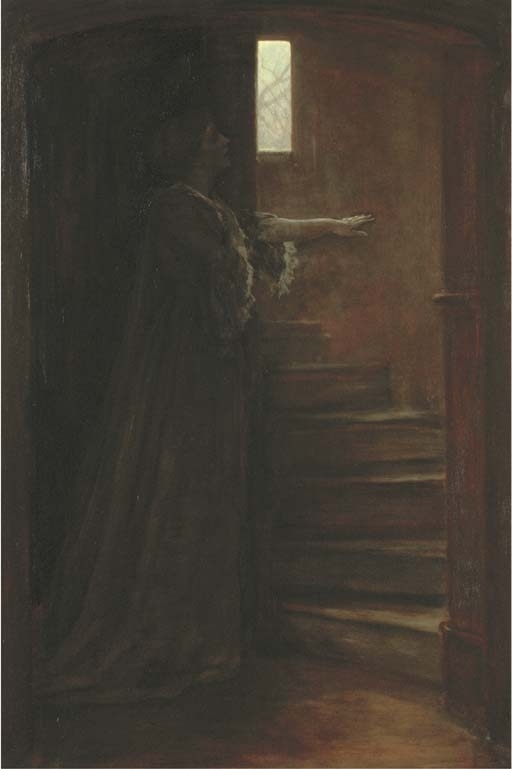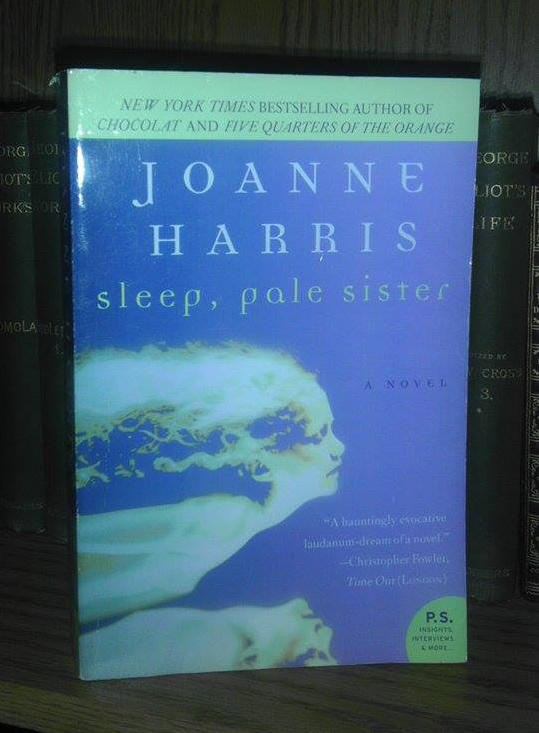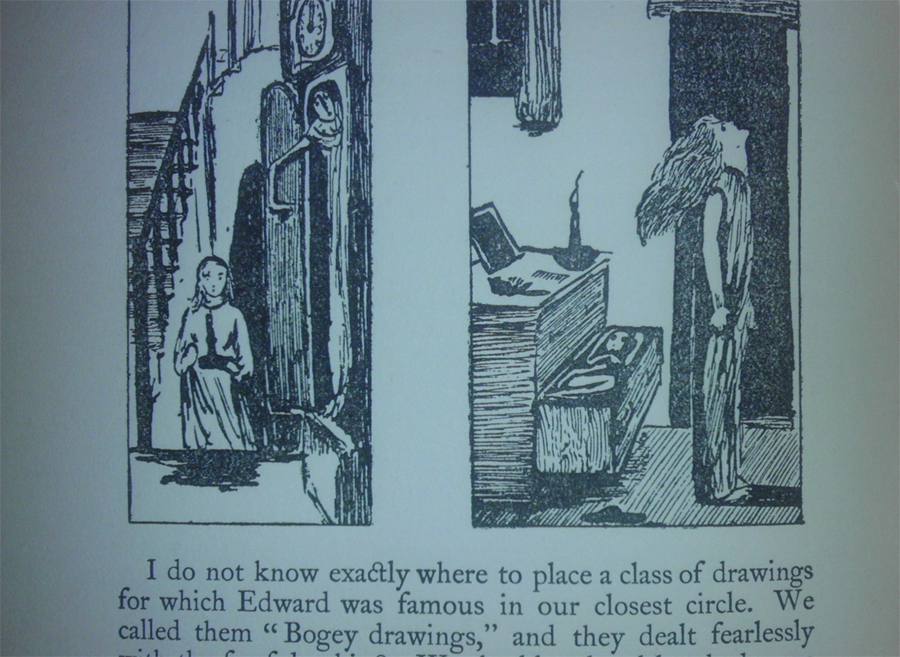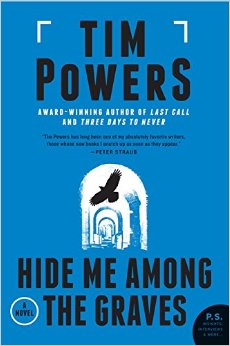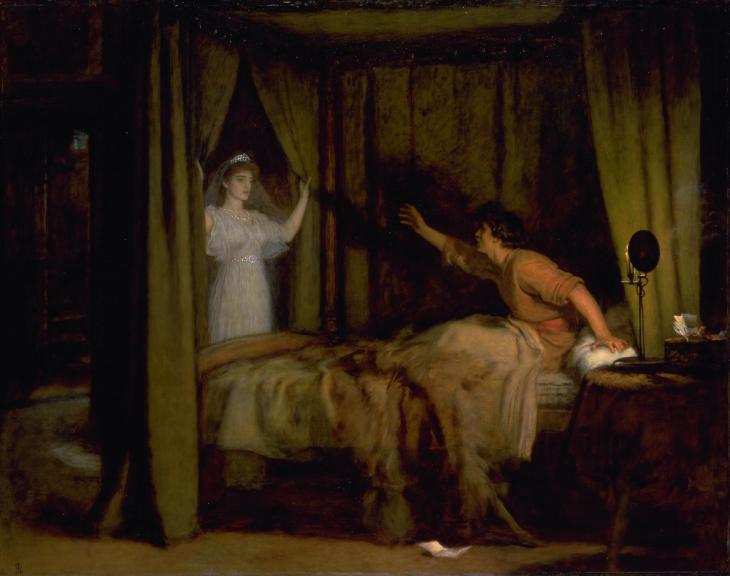The Grey Lady
The Grey Lady (1883) is an interesting work by Millais in which we see the ghost of a murdered woman. The staircase was taken from St. Mary’s Tower, Birnam, a building that has since been demolished but you can see photographs of it here taken in 1963. The artist’s son described the work in The … Read more

